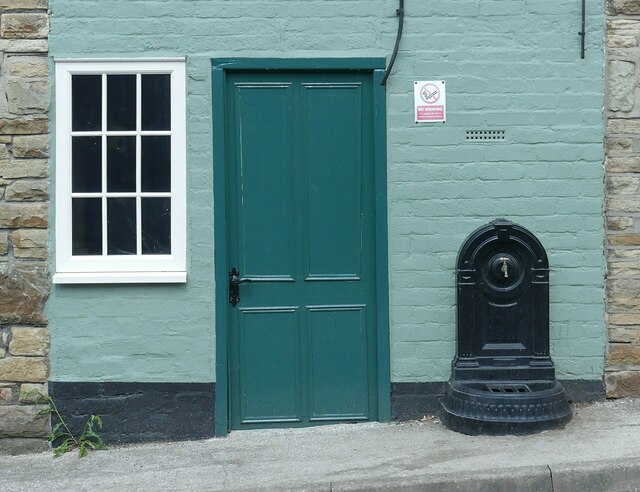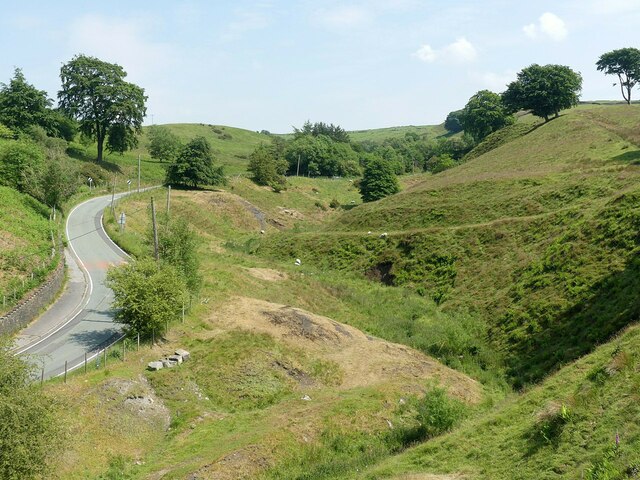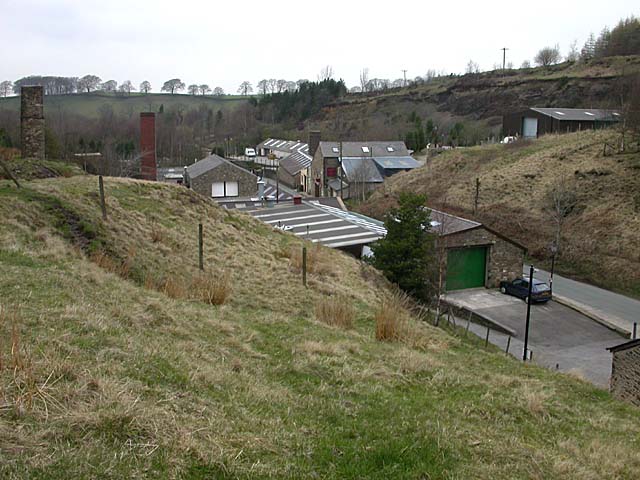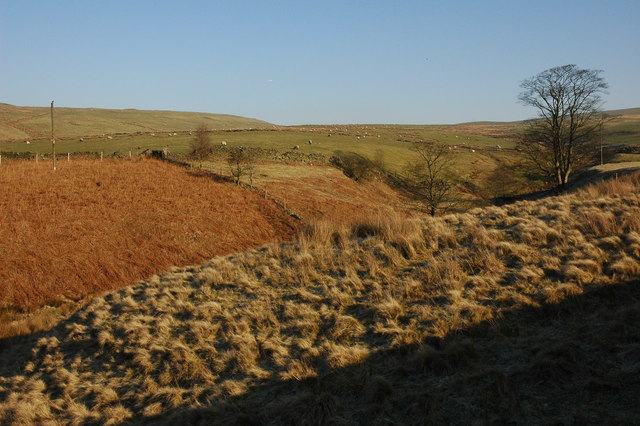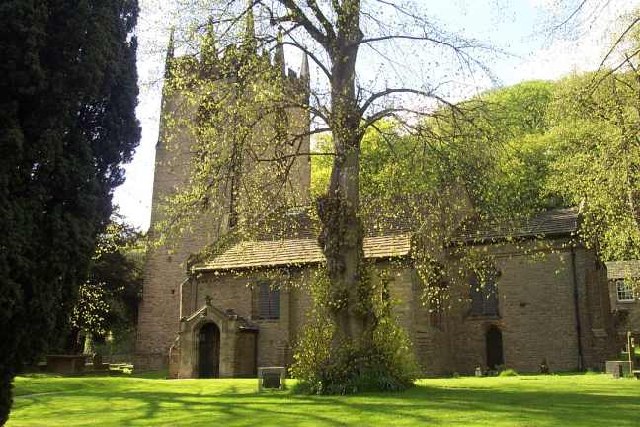Hase Bank Wood
Wood, Forest in Cheshire
England
Hase Bank Wood
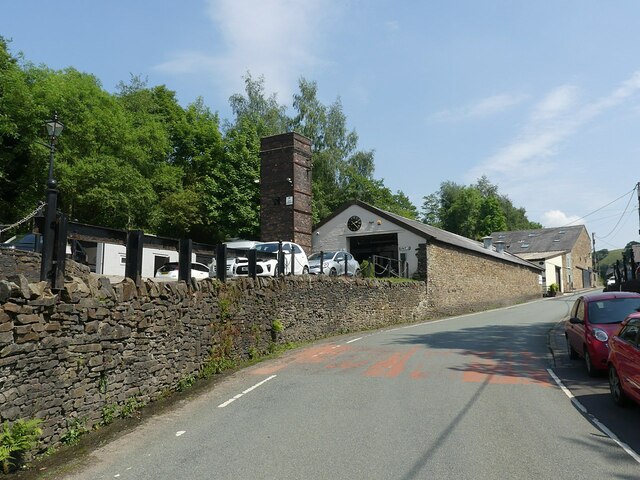
Hase Bank Wood is a picturesque woodland located in Cheshire, England. Covering an area of approximately 100 acres, this forest is known for its stunning beauty and diverse flora and fauna. The wood is situated on a hillside with a gradual slope, offering visitors panoramic views of the surrounding countryside.
The woodland is predominantly made up of deciduous trees, including oak, beech, and birch. These trees provide a dense canopy that creates a cool and tranquil atmosphere within the wood. The forest floor is covered in a rich carpet of wildflowers, ferns, and mosses, creating a vibrant and colorful undergrowth.
Hase Bank Wood is a popular destination for nature enthusiasts, hikers, and bird watchers. The forest is home to a variety of wildlife species, including deer, foxes, squirrels, and numerous bird species such as woodpeckers and owls. Visitors can enjoy peaceful walks along the well-maintained trails that wind through the wood, immersing themselves in the natural beauty and serenity of the surroundings.
The wood is also known for its historical significance. It is believed that the area has been wooded for centuries and has served as a valuable resource for timber and other woodland products. Today, the woodland is managed and maintained by local authorities to preserve its ecological value and provide a recreational space for the community.
In summary, Hase Bank Wood is a captivating woodland in Cheshire that offers visitors a chance to connect with nature and explore the beauty of the English countryside. With its diverse flora and fauna, stunning views, and peaceful ambiance, this forest is a true gem for nature lovers and outdoor enthusiasts.
If you have any feedback on the listing, please let us know in the comments section below.
Hase Bank Wood Images
Images are sourced within 2km of 53.328549/-2.0719256 or Grid Reference SJ9581. Thanks to Geograph Open Source API. All images are credited.

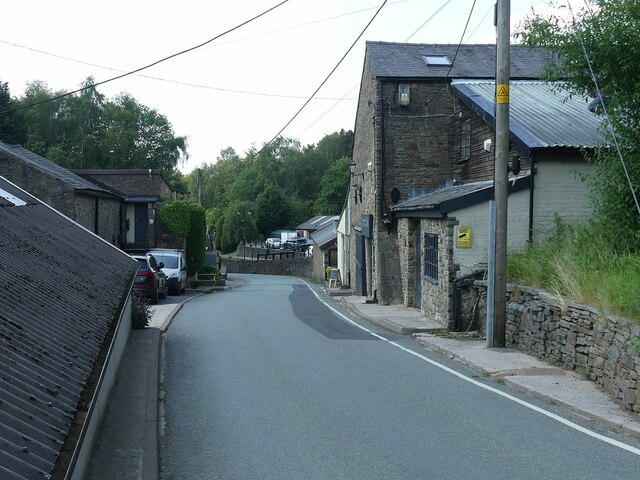
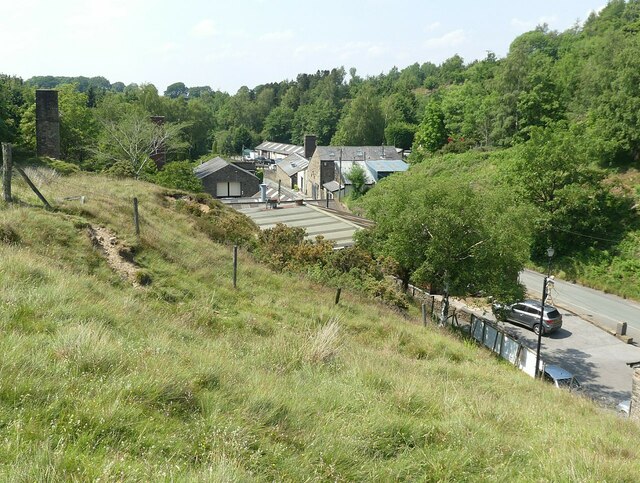
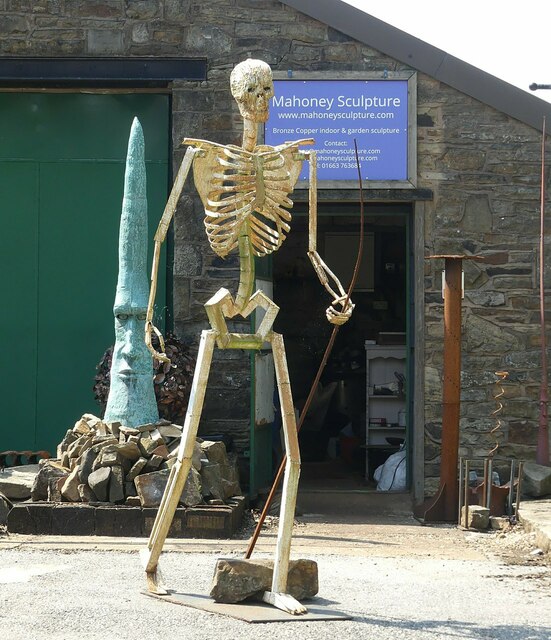
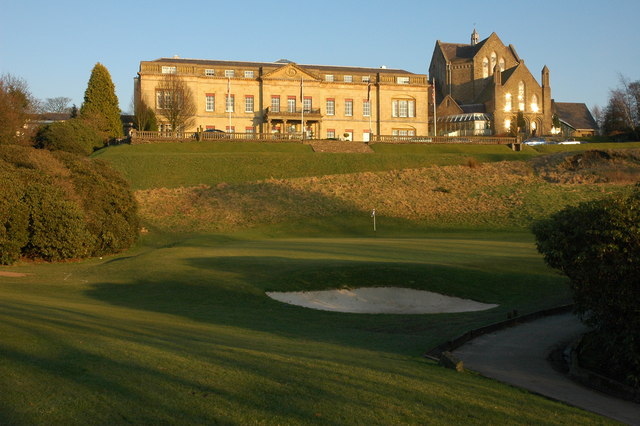



Hase Bank Wood is located at Grid Ref: SJ9581 (Lat: 53.328549, Lng: -2.0719256)
Unitary Authority: Cheshire East
Police Authority: Cheshire
What 3 Words
///level.simmer.unravel. Near Pott Shrigley, Cheshire
Nearby Locations
Related Wikis
Lyme Park
Lyme Park is a large estate south of Disley, Cheshire, England, managed by the National Trust and consisting of a mansion house surrounded by formal gardens...
Lyme Handley
Lyme Handley, sometimes known as Lyme, is a former civil parish, now in the parish of Kettleshulme and Lyme Handley, in between Disley and Stockport, in...
Shrigley Hall
Shrigley Hall is a former country house standing to the northwest of the village of Pott Shrigley, Cheshire, England. It has since been used as a school...
Bowstones
The Bowstones are a pair of Anglian cross shafts in Cheshire, England. Situated beside the old ridgeway between Disley and Macclesfield, overlooking Lyme...
Higher Poynton railway station
Higher Poynton was a railway station serving the eastern side of the town of Poynton in Cheshire, England. It was opened in 1869 by the Macclesfield, Bollington...
Leonard Haigh
Leonard Haigh (19 October 1880 – 6 August 1916) was an English rugby player. He won seven caps for England between 1910 and 1911, and also represented...
St Christopher's Church, Pott Shrigley
St Christopher's Church is in the small village of Pott Shrigley, Cheshire, England. The church is recorded in the National Heritage List for England...
Pott Shrigley
Pott Shrigley is a small village and civil parish in the unitary authority of Cheshire East and the ceremonial county of Cheshire, England. According...
Nearby Amenities
Located within 500m of 53.328549,-2.0719256Have you been to Hase Bank Wood?
Leave your review of Hase Bank Wood below (or comments, questions and feedback).
